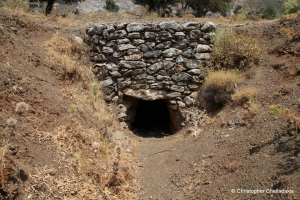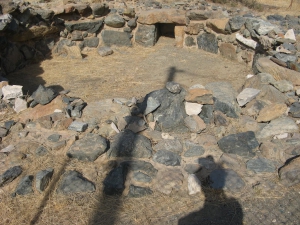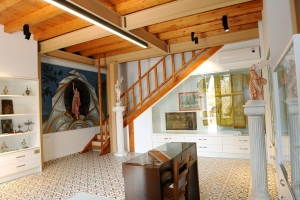The most important of the several tombs found in the surrounding area of Apodoulou is sited at position Sopotakia and has an aisle of 7 meters and a chamber of diameter 3.10 meters. Within the tomb three urns were found (1380-1200 BC).
At Gerokambos (Sacred Place) west of Lendas in 1959 three vaulted tombs were found, with the largest (diameter 5.10m) looted and empty. In front of the entrance, a hall was full of people and animal bones, charcoal and cups. In a second tomb figurines, daggers, vases, seals and beads were found.
The History of Burial is a very special venue in Heraklion city. It is housed in the two-storey ossuary of the old cemetery of Saints Constantine and Helen in Heraklion, which was built in 1890.
















































































